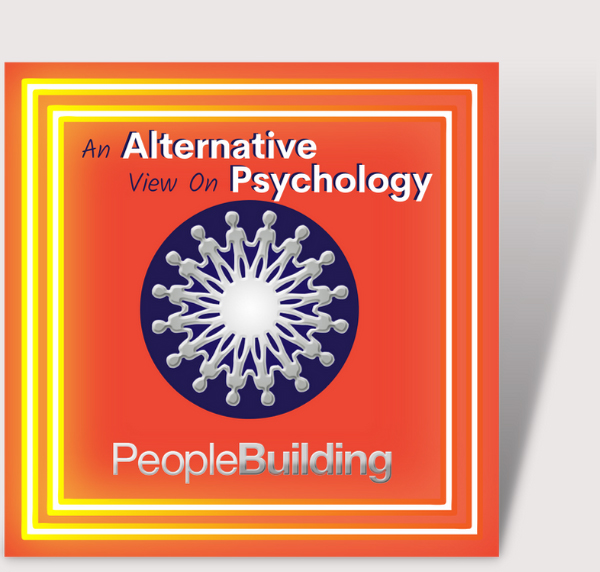Customers are all different and so are their outlooks. To identify and serve a customer properly, involves understanding their values, beliefs and expectation and their own specific needs. The customers are the assets of your company and if you can serve them the optimum way, it will add to your profits not just because they will return for more, but because of the recommendations they will make to others when discussing your services. And if your customer service doesn’t hit the mark, the customer will tell 8 to 10 other people what a bad job you did.
Many people think of customer service as something that is only applicable in a business context. But really it applies in any form of relationship. In the most recent video podcast, I discussed how businesses are very focused on “getting people through the door” but then failing to maintain a good service once they’ve got you on their books. We’ve probably all had an experience like that, where we were given as much time and attention as we wanted in the early stages. We were talked to in a polite way. The “sales person” made an effort to make their “product” look attractive. They seemed as if they would take good care of you and look out for your best interests. Perhaps they even called you throughout the day, just to remind you that they were there to support you if you needed them.
Then sometime later, after you had become a customer and started that relationship, their attentiveness and appearance changed. It became a bit slack.
Now re- read those last two paragraphs with a relationship in mind- perhaps a romantic one- instead of a business one.
Does the story still fit? Have you been the sales person in a relationship and suddenly got slack at making the effort? Has your customer service levels dropped over time?
NLP can be used to identify problems within a company’s customer service levels and provide specialized techniques to improve them. But as you read through the list of areas in which NLP can provide customer service training (below), notice again the parallels between all different kinds of relationships. You can read the list as if it is talking about a business customer/sales person scenario, but it still makes sense if you think about it in term of a partner you have been with for a long time.
NLP can be used in customer service to:
Comprehend customer service from the customer’s point of view.
Judge the situation by putting yourself in the customer’s situation.
Learn to gauge the impact of customer service on profitability (what you gain) and security.
How to converse with the customers on also other topics not directly related with the customer service.
Ask subtle questions to cash on the customer’s emotion but in a positive way.
Use customer service as a sales-generation tool to make gains in profit.
Persuade the customers to refer your company to others, but in a polite and gentle way.
Maintain the equilibrium between excellence and output.
Respect your customer’s principles and viewpoint.
Be smart and sensible when dealing with difficult customers.
Avoid giving the customer the chance to complain about your service or your company.
Strategize a plan to keep up to the excellence in the customer service for all the time.
Empathize with the customer.
Identify stressful situations and avoid any sort of conflict.
Better your relationship with every new customer and try to constantly upgrade your sales performance.
Constantly work on your efficacy and thereby prosperity.
Respond positively to the feedback from the customer.
So next time you receive bad customer service, take a moment to consider the customer service experience you are providing to those who are interacting with you. Consider the relationships that you have where you made more of an effort to make a good impression in the beginning and start to make that same degree of effort again to see how it affects what you gain.
By Gemma Bailey
www.gemmabailey.co.uk


